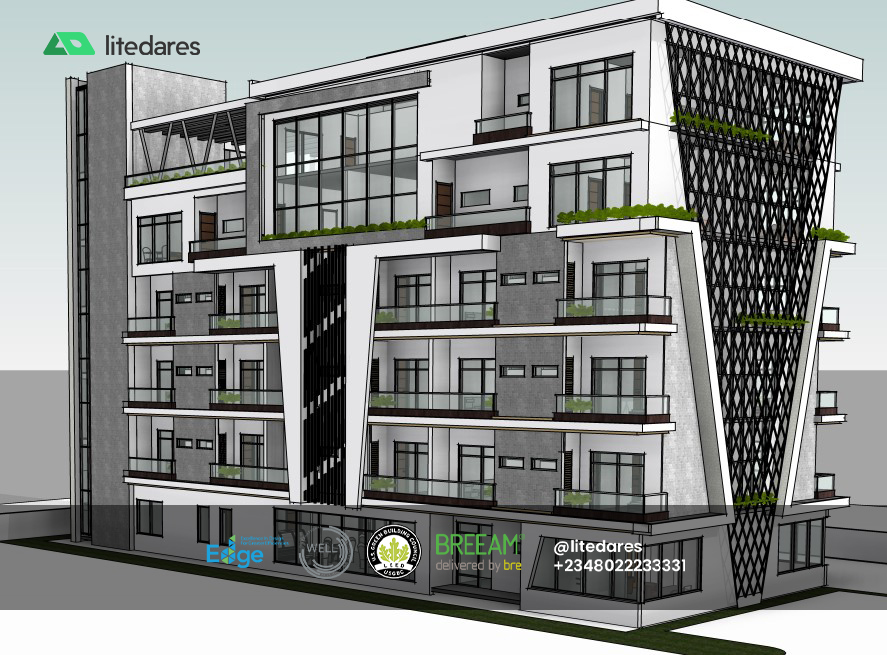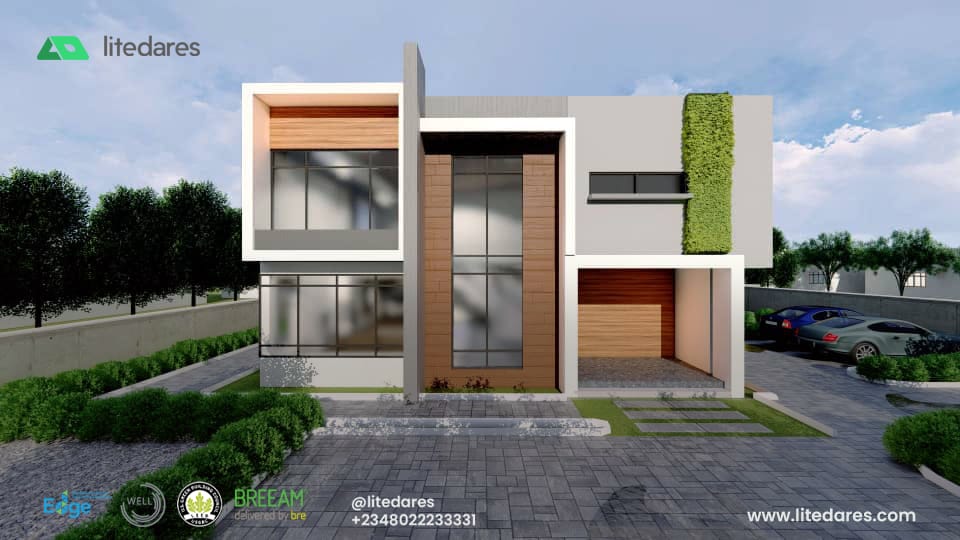
Introduction
In an era defined by environmental concerns and the urgent need to address climate change, the role of architecture has taken on a new dimension. As cities expand and the built environment continues to grow, architects and designers are stepping up to the challenge by embracing green and sustainable practices. In this blog post, we delve into the remarkable ways in which green and sustainable architecture can play a pivotal role in combating climate change.
Understanding the Impact of Green Architecture on Climate Change
Architecture and construction have historically been resource-intensive, contributing significantly to carbon emissions, deforestation, and energy consumption. Traditional buildings are designed with little regard for their environmental impact. This has led to a vicious cycle of heat islands, increased energy demand, and habitat destruction. According to UNEP, ” The building and construction sector accounts for 37% of global energy-related emissions”.
“The African population is expected to reach 2.4 billion people in 2050 and 80 percent of this growth will occur in cities. An estimated 70 per of the African building stock expected for 2040 has yet to be built. To avoid increasing emissions while building the stock necessary to move people out of informal settlements, and to create buildings that are resilient to the impacts of climate change, the African sector should look at sustainable construction materials and design techniques, in which the continent is rich.”
– UNEP
What Makes It Green Architecture?

- Energy Efficiency: Green architecture prioritizes energy efficiency through effective insulation, passive solar design, and the use of renewable energy sources like solar panels and wind turbines. By minimizing energy consumption, sustainable buildings reduce greenhouse gas emissions and decrease reliance on fossil fuels.
- Materials Selection: Sustainable architecture emphasizes the use of eco-friendly materials, such as recycled, reclaimed, and rapidly renewable resources. Architects can lower carbon footprints and minimize environmental damage by reducing the demand for resource-intensive materials like concrete and steel.
- Water Management: Water scarcity is a pressing concern, and sustainable architecture addresses this. It is done by integrating water-efficient systems like rainwater harvesting, greywater recycling, and efficient plumbing fixtures. These measures alleviate stress on local water resources.
- Biomimicry and Biophilia: Drawing inspiration from nature, architects are incorporating biomimicry principles into their designs. By emulating natural systems, buildings can self-regulate temperature, lighting, and ventilation, thereby reducing the need for artificial inputs. The biophilic design also connects occupants with nature, enhancing well-being.
- Green Roofs and Living Walls: Integrating vegetation into architecture through green roofs and living walls not only improves aesthetics. But also enhances energy efficiency, air quality, and biodiversity within urban areas.
The Impact on Climate Change
- Reduced Carbon Emissions: Energy-efficient buildings significantly cut down on greenhouse gas emissions. By harnessing renewable energy sources and optimizing energy consumption, sustainable architecture directly contributes to the reduction of carbon footprints.
- Heat Island Mitigation: Urban areas often experience the “heat island” effect due to dense construction and minimal green spaces. Sustainable architecture counters this by incorporating vegetation and reflective materials, which cool down urban environments and reduce energy consumption for cooling.
- Resource Conservation: The use of recycled and renewable materials, along with smart design choices, reduces the demand for resource extraction and production, which in turn limits the environmental impact associated with these processes.
- Promotion of Sustainable Lifestyles: Beyond the buildings themselves, sustainable architecture promotes eco-conscious behavior among occupants. Green spaces, natural lighting, and energy-efficient systems encourage a more sustainable way of life.
Green and sustainable architecture stands as a beacon of hope in the fight against climate change. By redefining how we design, construct, and inhabit buildings, architects have the power to reduce carbon emissions, conserve resources, and create thriving, resilient communities. So, as we continue to face the challenges posed by a changing climate, the integration of sustainable practices within architecture isn’t just an option – it’s a vital step towards a more sustainable and harmonious future.
Litedares Consult Limited takes a surge of interest in green and sustainable design, from the office and home to schools and healthcare and hospitality facilities, as well as civic and outdoor spaces. When it comes to whom to entrust your project to, you can rely on them. So, schedule a consultation with them.



